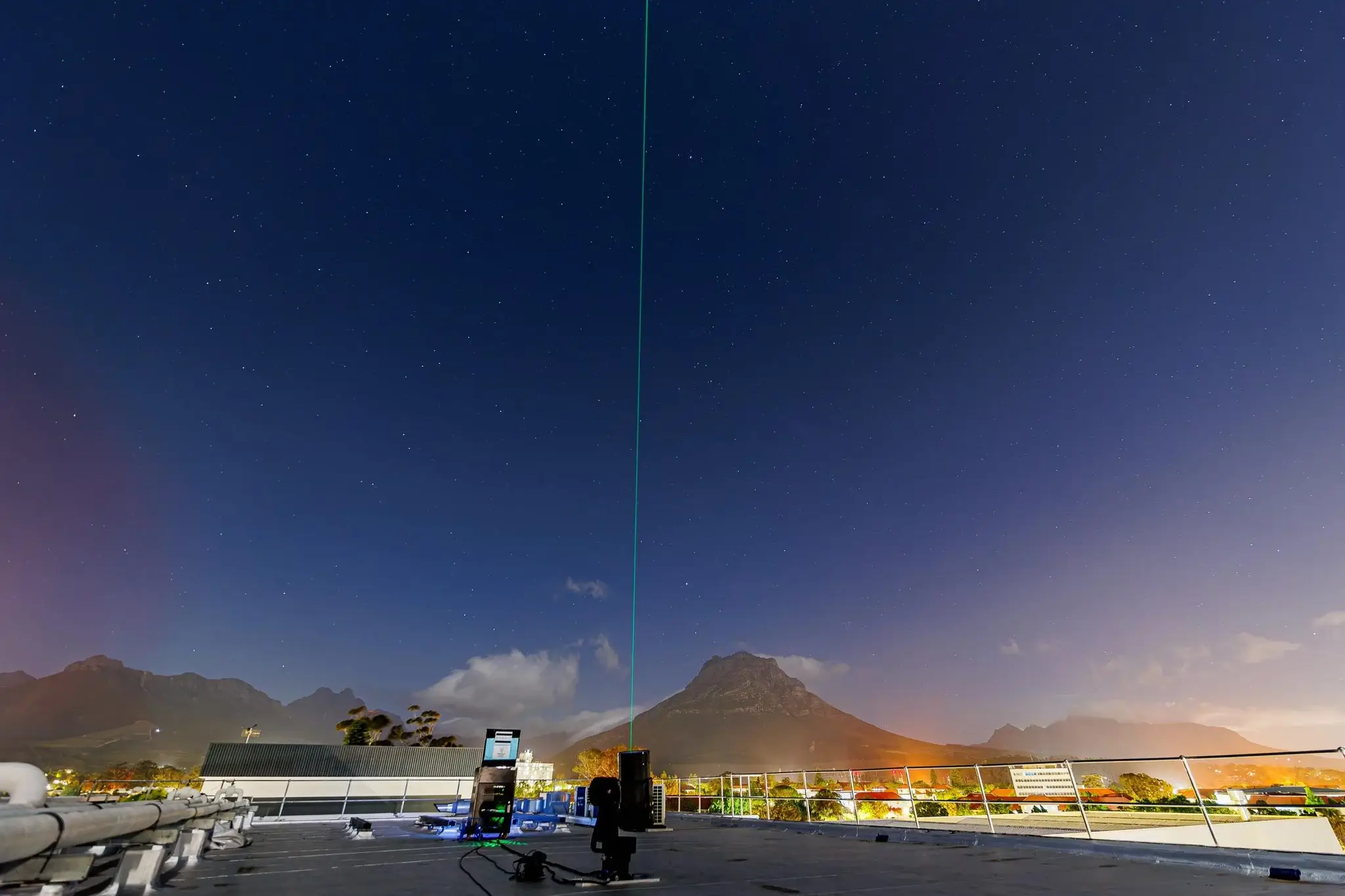In a landmark achievement that underscores the rapid advancements in quantum technology, scientists from China and South Africa have successfully established the world's longest intercontinental quantum communication link. Spanning a distance of 12,900 kilometers between Stellenbosch, South Africa, and Beijing, China, this breakthrough surpasses the previous record of 7,600 kilometers, marking a significant leap toward a future of ultra-secure global communication. The research, published in the esteemed scientific journal Nature on March 19, 2025, signifies a pivotal moment in the development of a next-generation quantum internet.
This unprecedented quantum link was achieved through a collaborative effort, utilizing China's Jinan-1 quantum microsatellite in low Earth orbit. The satellite, acting as a crucial relay, facilitated the distribution of quantum keys to ground stations in both countries. These keys were then used to encrypt and transmit images securely, employing a one-time pad encryption method, which is considered mathematically unbreakable. The success of this project not only highlights the potential of quantum communication but also demonstrates the power of international scientific collaboration.
Dr. Yaseera Ismail, a physicist from Stellenbosch University, led the South African research team, working in close partnership with Professor Juan Yin and Professor Jian-Wei Pan from the University of Science and Technology of China. The team overcame numerous technical challenges to establish this secure link, including synchronizing equipment with the Jinan-1 satellite's passage and optimizing for Stellenbosch's clear skies and low humidity, which allowed for a key generation rate of 1.07 million secure bits during a single satellite pass.
Quantum communication offers a revolutionary approach to data security. Unlike traditional encryption methods that rely on complex mathematical codes, quantum communication leverages the fundamental principles of quantum mechanics, such as superposition and entanglement, to encode and transmit information. This makes it virtually impossible for eavesdroppers to intercept or decipher the data without leaving a detectable trace. As Dr. Ismail explains, "Quantum encryption cannot be compromised without detection because any interference leaves a clear trace."
The implications of this achievement extend far beyond secure image transmission. Quantum communication promises to transform various sectors, including finance, healthcare, and defense, where the secure exchange of sensitive information is paramount. It is also a critical step towards realizing a quantum internet, a global network of quantum devices capable of exchanging information with unparalleled security and speed.
Professor Francesco Petruccione, director of the National Institute for Theoretical and Computational Sciences at Stellenbosch University, emphasized the importance of international collaboration in quantum research. "In South Africa, our quantum research community is small, making international collaboration essential," he noted. "Partnering with China has allowed us to exchange valuable knowledge and resources."
While this milestone represents a significant advancement, the researchers acknowledge that much work remains to be done. Future efforts will focus on increasing the amount of secure data transmitted (key rates) over longer distances. As Dr. Ismail stated, "Although our recent experiment achieved one of the highest key rates ever recorded, much more research remains to be done." The team is also planning further improvements to the system.
The successful establishment of this quantum link coincides with the upcoming launch of the Stellenbosch Centre for Quantum Science and Technology, further solidifying South Africa's position as a leader in quantum research within the Southern Hemisphere. This new center will undoubtedly play a vital role in advancing quantum technologies and fostering innovation in the region.
This record-breaking quantum communication link between China and South Africa not only marks a monumental scientific achievement but also paves the way for a future where information is exchanged with unprecedented security and efficiency, heralding a new era of global communication and collaboration. The development signifies a major step forward in the global race toward a fully secure internet and underscores the increasing importance of quantum technology in the 21st century. As quantum computing technology advances, secure communication methods like this will be essential to defend against potential attacks and safeguard sensitive information.

















